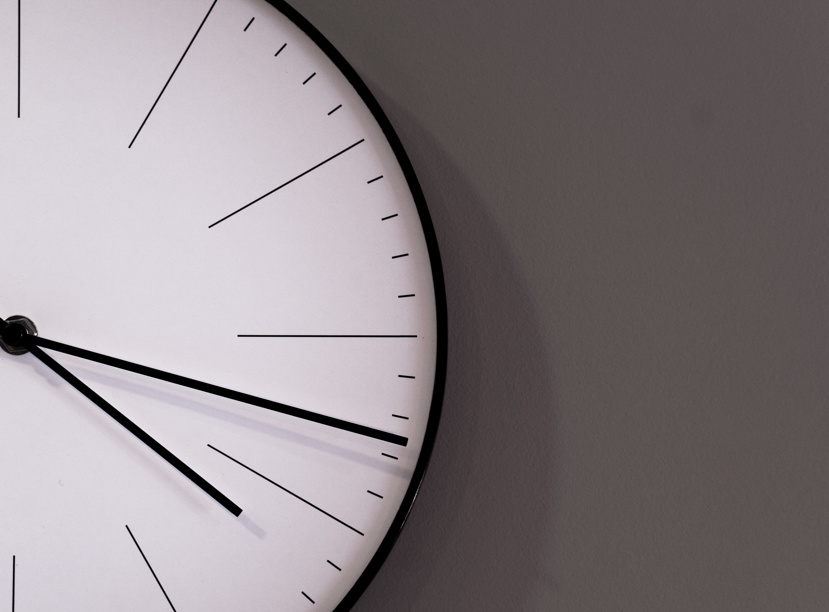My retirement savings have done quite well over the years, and I now have about $400,000 in accrued capital gains on my investments. I’d like to sell these assets over the next several years and use the money to buy some safer fixed-income assets. My income, however, is just below the level at which the Old Age Security (OAS) clawback kicks in. Would there be a tax advantage to selling all this property in one year rather than selling part of it each year?
By Olev Edur
Probably not. You don’t say what your income is, but the OAS clawback threshold for income earned in 2022 is $81,761; assuming that your income is $70,000, adding $200,000 (only half of capital gains are taxable) to that income in one year would put you well into the top marginal tax bracket. (In your home province of British Columbia, that’s 53.5 per cent on income over $227,091 for 2022.)
Given our graduated tax system, however, that $200,000 would, in fact, be taxed at rates ranging from 28.2 to 53.50 per cent, so the total tax on it would be about $87,800. In addition, you’d lose all your OAS for the year, costing you about another $7,700 (for 2022). Thus the total cost of bringing that $400,000 into your income in one year would be $95,500.
If you were to spread those gains over three years, you could keep your annual income below $150,000—$133,000 in gains each year would translate to roughly $67,000 in extra income per year, bringing your annual income to $137,000. That extra $67,000 in income would attract almost $23,700 in tax each year (more or less—the tax brackets are indexed to inflation each year). Over three years, the tax would be about $71,000 on the full $200,000, but you’d also lose three years of OAS, or about $23,000, bringing the total cost to $94,000.
You could, of course, spread the sales across more years to reduce the tax further, but you’d also lose more OAS. Overall, it seems there wouldn’t be much difference between triggering the gains in one year and doing so over several, so rather than looking at the potential tax and OAS costs, you should focus on which selling schedule best suits your personal needs and investment prospects.
There’s an old saying for this: “Don’t let the tax tail wag the investment dog.” If, for example, certain of your investments look like they might appreciate quite a bit over the next few years, you might want to keep them a little longer but sell the others now.
If you’re truly worried about where the stock markets will be going, you might prefer to sell everything now, but that might be unwise if your investments are currently devalued. I suggest that you discuss your options with your investment advisor and develop a selling strategy that maximizes your financial prospects while taking the tax and OAS implications into account as secondary considerations.
Photo by Akram Huseyn on Unsplash






